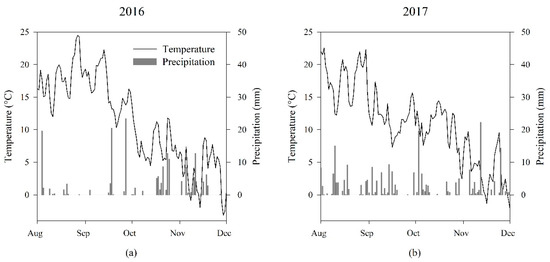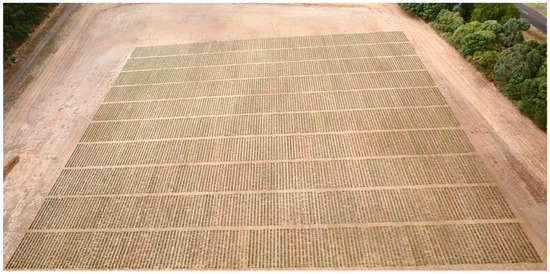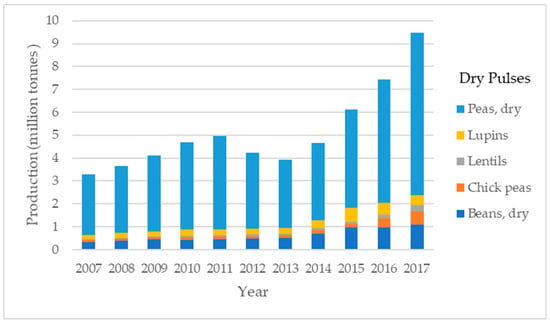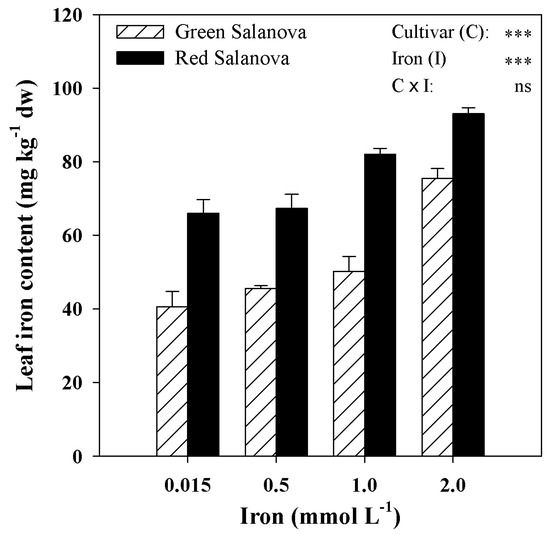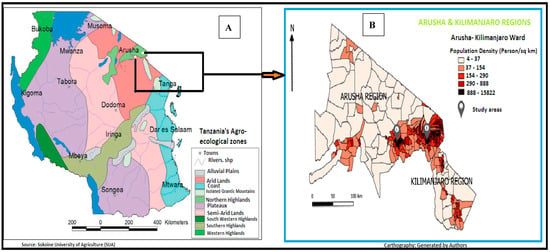Agronomy 2019, 9(6), 295; https://doi.org/10.3390/agronomy9060295 - 6 Jun 2019
Cited by 233 | Viewed by 21586
Abstract
A major challenge of the Sustainable Development Goals linked to Agriculture, Food Security, and Nutrition, under the current global crop production paradigm, is that increasing crop yields often have negative environmental impacts. It is therefore urgent to develop and adopt optimal soil-improving cropping
[...] Read more.
A major challenge of the Sustainable Development Goals linked to Agriculture, Food Security, and Nutrition, under the current global crop production paradigm, is that increasing crop yields often have negative environmental impacts. It is therefore urgent to develop and adopt optimal soil-improving cropping systems (SICS) that can allow us to decouple these system parameters. Soil salinization is a major environmental hazard that limits agricultural potential and is closely linked to agricultural mismanagement and water resources overexploitation, especially in arid climates. Here we review literature seeking to ameliorate the negative effect of soil salinization on crop productivity and conduct a global meta-analysis of 128 paired soil quality and yield observations from 30 studies. In this regard, we compared the effectivity of different SICS that aim to cope with soil salinization across 11 countries, in order to reveal those that are the most promising. The analysis shows that besides case-specific optimization of irrigation and drainage management, combinations of soil amendments, conditioners, and residue management can contribute to significant reductions of soil salinity while significantly increasing crop yields. These results highlight that conservation agriculture can also achieve the higher yields required for upscaling and sustaining crop production.
Full article
(This article belongs to the Special Issue Biotic and Abiotic Stress Responses in Crop Plants)
►
Show Figures

